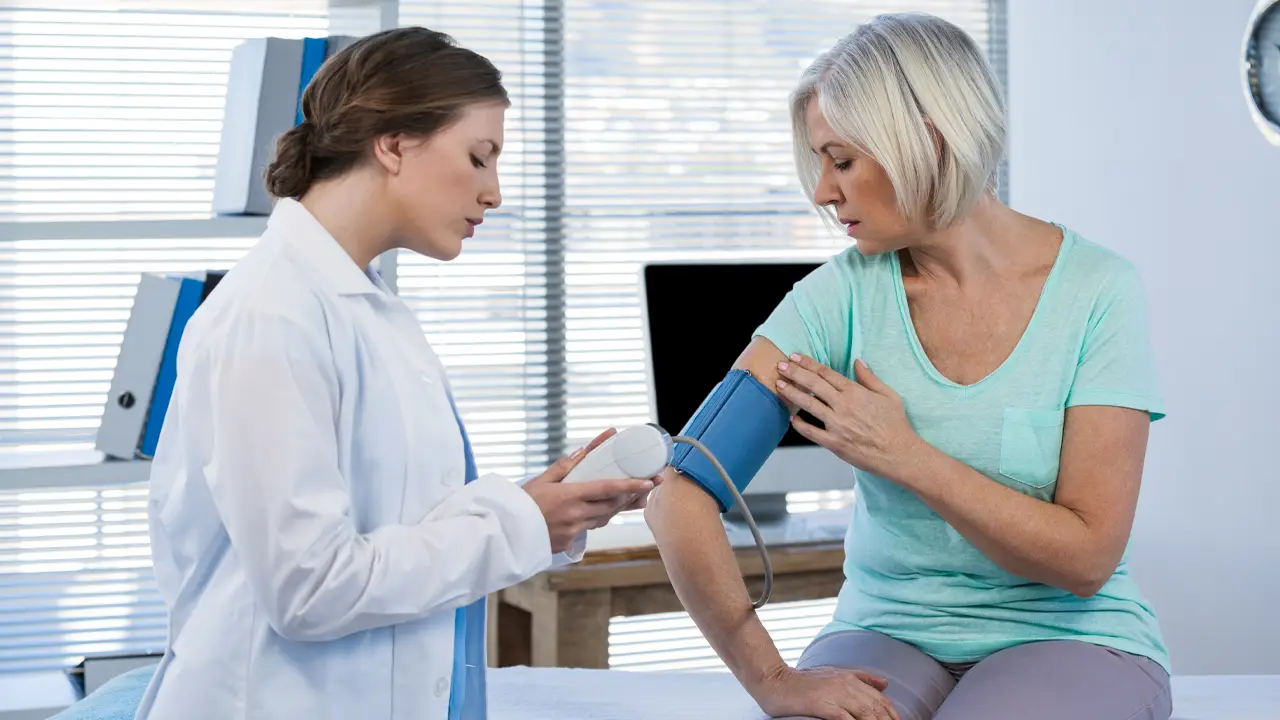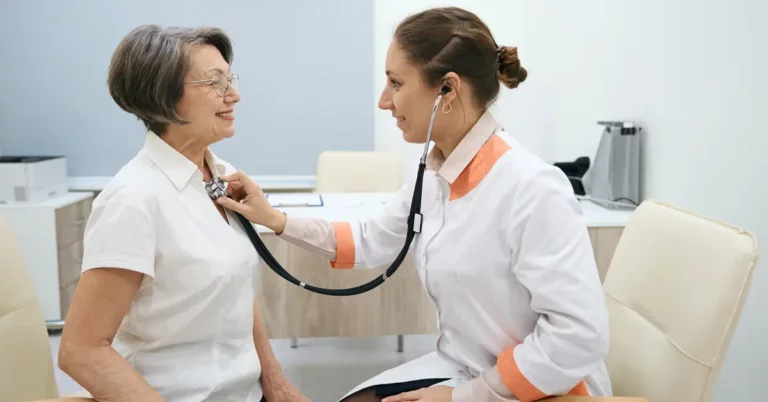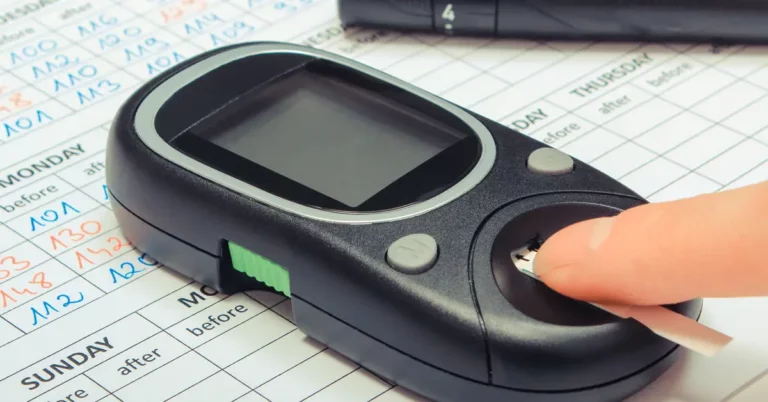Accurate monitoring of health is crucial for effective management, as even small changes can indicate significant developments. Traditional methods of measuring health involve manual or professional measurement, but remote patient monitoring (RPM) has emerged as a precise and convenient means of monitoring blood pressure from the comfort of one’s home. By choosing a user-friendly device with automatic transmission, patients can improve the accuracy of their readings, making it easier for healthcare professionals to diagnose and manage any potential health issues.
This guide will cover the significance of precise readings, the role of RPM, and how to achieve an accurate blood pressure reading using this technology.
Understanding Blood Pressure
Blood pressure is measured in millimeters of mercury (mmHg) and is expressed as two numbers: systolic pressure (the top number) and diastolic pressure (the bottom number). The systolic pressure refers to the pressure in the arteries when the heart beats, while the diastolic pressure refers to the pressure in the arteries when the heart is at rest between beats.
A normal blood pressure reading is between 90/60 mmHg and 120/80 mmHg. Readings above 120/80 mmHg are elevated and can indicate the onset of high blood pressure. If left untreated, high blood pressure can increase the risk of heart disease, stroke, and kidney disease.
It is important to note that blood pressure can vary throughout the day, depending on factors such as physical activity, stress, and medications. That is why it is recommended to measure blood pressure at least twice a day, in the morning and evening, and to keep track of the readings over time. This will help you and your healthcare providers identify patterns and make informed decisions about your health.
Inaccurate blood pressure readings can lead to incorrect diagnosis and treatment. Factors such as incorrect cuff size, improper cuff placement, and lack of rest before measurement can all affect the accuracy of blood pressure readings. The American Medical Association recommends proper cuff usage on bare skin for accuracy. Whether monitoring a diagnosis of high blood pressure or overall cardiovascular health, home monitoring is an easy and effective way to track blood pressure trends.
Why Your Blood Pressure Reading May Not Be Accurate
There are several factors that can affect the accuracy of a blood pressure reading. One common issue is “white coat syndrome,” which refers to feeling nervous or anxious about having your BP taken in a doctor’s office, leading to elevated readings. This can affect up to one-third of people with high BP readings in clinical settings.
Other factors that can affect BP readings include recent activities like smoking, drinking caffeine or alcohol, or exercising, which can all lead to higher readings. Additionally, how you sit during the measurement can also affect the accuracy of the reading. Sitting with crossed legs or with your arm drooping at your side can increase your BP reading, so it’s important to follow proper positioning guidelines.
To ensure accurate BP readings, it is recommended that measurements be taken at the same time twice a day, in the morning before eating or taking medications, and in the evening. Patients should try to relax for at least five minutes before taking their reading and should take two or three readings at least one minute apart. The second reading is usually more accurate than the first. If readings appear unusually high, it’s important to wait five minutes and take the reading again. By following these guidelines, patients can obtain more accurate BP readings and gain a clearer understanding of their risk for heart disease and stroke.
Measuring Blood Pressure at Home
Measuring blood pressure at home can be convenient and effective for monitoring your health. However, it is important to make sure that the readings are accurate. The Centers for Disease Control and Prevention (CDC) created guidelines designed to help patients obtain accurate blood pressure readings and ensure that healthcare professionals have the information they need to diagnose and manage hypertension.
To obtain accurate blood pressure readings, the CDC recommends that patients:
- Refrain from consuming food or drinks 30 minutes prior to taking the reading.
- Empty your bladder before taking the reading.
- Sit in a comfortable chair with your back supported for a minimum of 5 minutes before reading.
- Keep both feet flat on the floor and avoid crossing your legs.
- Rest your arm, with the cuff attached, on a table at the level of your chest.
- The blood pressure cuff should be snug but not too tight against your bare skin, not over clothing.
- Remain quiet and avoid talking while the blood pressure measurement is being taken.
The CDC also recommends taking multiple readings at least one minute apart and recording the average of those readings. By following these CDC guidelines, you can obtain more accurate blood pressure readings and improve your overall health.
Using Remote Patient Monitoring Technology for Accurate Blood Pressure Readings
RPM technology has made it possible for you to accurately measure your blood pressure at home without having to visit a healthcare professional. With the help of a blood pressure monitor connected to an RPM system, you can take your blood pressure readings anytime, anywhere, and receive accurate results. This section will explain how RPM technology works and how it can help you get an accurate blood pressure reading.
First, it’s important to understand how RPM works. A blood pressure monitor is connected to a remote monitoring system, which is usually a smartphone app or website. You can use this app or website to record your blood pressure readings and track your progress over time. The app or website also provides you with information on how to take an accurate blood pressure reading and what a normal reading should be.
When you take your blood pressure reading, the monitor sends the data to the remote monitoring system. The system then analyzes the data to determine whether your reading is accurate. If the reading is not accurate, the system may suggest that you take it again or adjust the position of the cuff.
One of the benefits of RPM technology is that it provides real-time feedback. This means that you can receive immediate feedback on your blood pressure readings, which can help you make lifestyle changes to improve your health. Additionally, RPM technology can also help you track any changes in your blood pressure over time.
Another advantage of RPM technology is that it can alert you if your blood pressure readings are outside of a normal range. For example, if your blood pressure readings are consistently high, the remote monitoring system can alert you so you can take action to address the issue.
Importance of Monitoring Blood Pressure Regularly
Regular monitoring of your blood pressure is an important aspect of maintaining good health and preventing conditions such as hypertension, heart disease, and stroke. High blood pressure can cause serious health problems if left untreated, and it often has no noticeable symptoms. That’s why monitoring your blood pressure regularly is essential.
Blood pressure readings can vary throughout the day, so it is recommended to take your readings at the same time each day and to keep a record of your readings. By keeping a record of your readings, you and your health care provider can see any patterns or changes in your blood pressure and make any necessary adjustments to your treatment plan.
DrKumo RPM Solution for Accurate Blood Pressure Reading
The DrKumo RPM technology solution offers a convenient and easy-to-use platform for patients to monitor their blood pressure readings from the comfort of their own homes. This mobile-enabled solution is designed to provide continuous, real-time monitoring of blood pressure and other vital signs, making it an ideal tool for chronic disease management, post-operation care, and hospital care at home.
One of the key benefits of DrKumo RPM solution is its ease of use, even for elderly patients who may require minimal supervision from their caretakers. With just a few simple steps, patients can take accurate readings and send data directly to their healthcare providers using the DrKumo app.
Moreover, DrKumo is committed to maintaining the highest standards of patient privacy and security. The RPM solution is HIPAA-compliant, and powered by state-of-the-art AI/ML technology to ensure that patients receive the most effective care.
Overall, the DrKumo RPM solution is a comprehensive and effective tool for improving patient outcomes and helping people manage their health conditions from the comfort of their own homes. By providing patients with easy-to-use technology and real-time monitoring capabilities, DrKumo is revolutionizing the way people access quality healthcare around the world.
Takeaways
Accurate blood pressure measurement is crucial for monitoring cardiovascular health, and RPM technology provides a convenient and precise way to measure blood pressure at home. With the ability to monitor blood pressure regularly and detect fluctuations, home monitoring with RPM can aid in making informed decisions with healthcare providers.
If you have concerns about your blood pressure, speak to a health care professional and consider incorporating RPM technology for accurate readings at home. Contact DrKumo now.
Disclaimer: This information is for educational purposes only and is not intended to replace professional medical advice. Always consult a doctor before making changes to your health.








